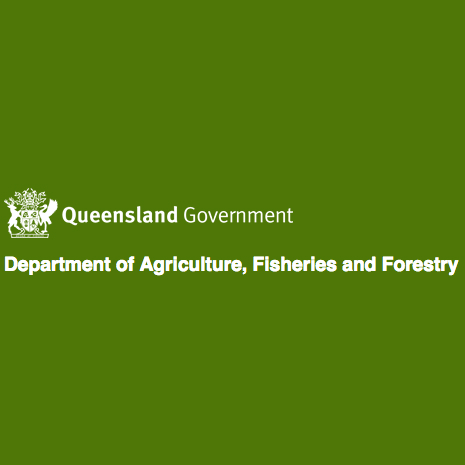Brief description
Biodiversity of sharks in the tropical Indo-Pacific is high, but species-specific information to assist sustainable resource exploitation is scarce. The null hypothesis of population genetic homogeneity was tested for scalloped hammerhead shark (Sphyrna lewini, n=244) and the milkshark (Rhizoprionodon acutus, n=209) from northern and eastern Australia, using nuclear (S. lewini, eight microsatellite loci; R. acutus, six loci) and mitochondrial gene markers (873 base pairs of NADH dehydrogenase subunit 4). We were unable to reject genetic homogeneity for S. lewini, which was as expected based on previous studies of this species. Less expected were similar results for R. acutus, which is more benthic and less vagile than S. lewini. These features are probably driving the genetic break found between Australian and central Indonesian R. acutus (F-statistics; mtDNA, 0.751 to 0.903; microsatellite loci, 0.038 to 0.047). Our results support the spatially-homogeneous management plan for shark species in Queensland, but caution is advised for species yet to be studied.Data time period: 2007 to 2010
Subjects
Australia |
Fishery management. Fishery policy |
Genetics |
Milkshark |
biodiversity |
fisheries management |
microsatellite loci |
mitochondrial DNA |
sustainable exploitation |
User Contributed Tags
Login to tag this record with meaningful keywords to make it easier to discover
Identifiers
- Local : era.daf.qld.gov.au/id/eprint/6186/


